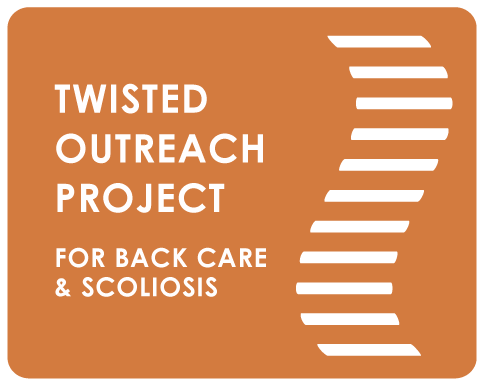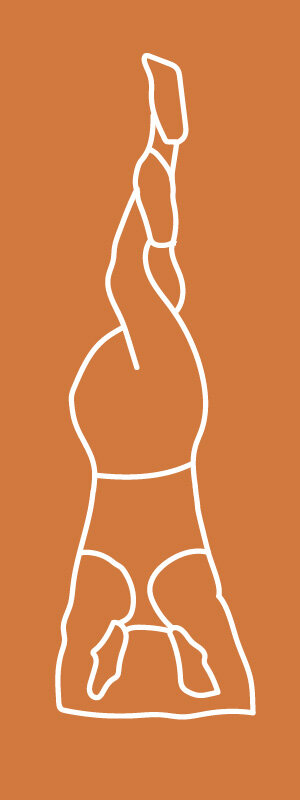Fusion Q&A with Martha Carter - Inversion Tables?
In our April Newsletter, we launched a Fusion Q&A series. Every month since, Martha has answered an anonymous question about scoliosis fusions.
****
QUESTION: Have any of you tried an Inversion table? Does it help relieve fusion pain?
In general, inversion tables provide spinal traction by easing the pressure of gravity on the nerves and the disks of the spine. Hanging upside down temporarily creates more space between vertebrae as well as stirring up all the energy channels to refresh and renew the whole system.
In yoga tradition, inversions such as headstands and handstands are considered the most important poses for vitality, so it is worth finding ways to do them for fused spines without putting potentially dangerous pressure on the head, neck and shoulders. But, like all things with scoliosis and fusions, some people enjoy this sensation more than others.
In my personal experience, I have found that inverted traction can be very helpful, and comforting. It has helped me find more length in the non-fused portion of my spine and helped me find some opening sensations along the fused areas. Inversion tables can work, but I much prefer to do inversions with a yoga wall as it takes up less space and offers much more variation than a table. There is also a portable version of the yoga wall that can be easily transported for frequent travellers.
No matter what, when trying inversion, it is extremely important to ease into it slowly. Visualize the non-fused areas as they find length, while paying close attention to all the sensations of the fused areas. Breathe deeply and slowly and start with a few minutes at a time. As you get familiar with the feeling, you can work your way up to 15 minutes or longer.
More information on the yoga wall can be found here. TOPS has the portable version available for purchase on our website here.

